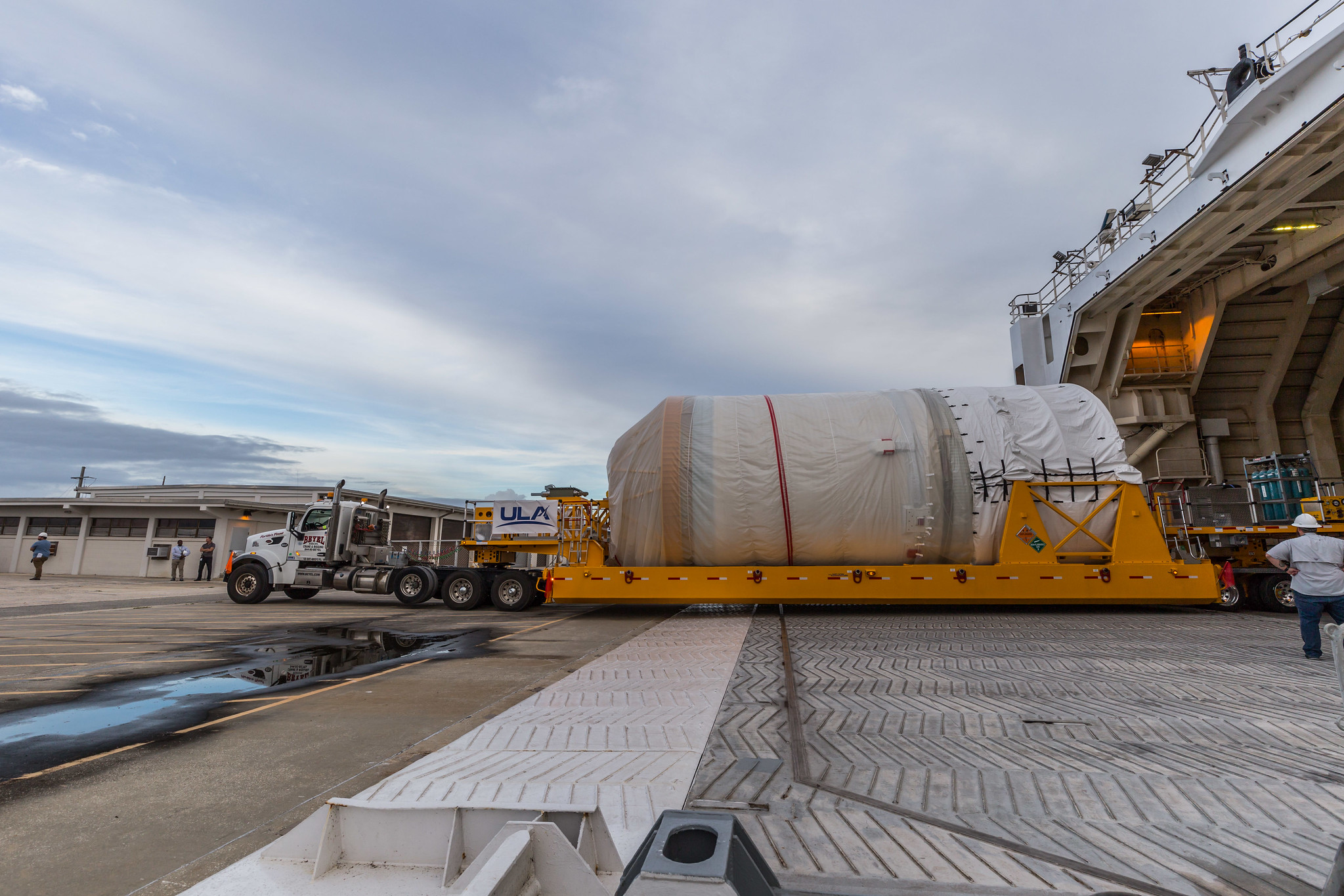Astronomers using the Gemini North telescope at the International Gemini Observatory have imaged NGC 4449, a prime example of starburst activity caused by ongoing mergers with nearby dwarf galaxies.
This image, taken by the Gemini North telescope, one half of the International Gemini Observatory, shows the starburst galaxy NGC 4449. The image is being released in celebration of Gemini North’s 25th anniversary. Image credit: International Gemini Observatory / NOIRLab / NSF / AURA / J. Miller, International Gemini Observatory & NSF NOIRLab / M. Rodriguez, International Gemini Observatory & NSF NOIRLab / T.A. Rector, University of Alaska Anchorage & NSF NOIRLab / M. Zamani, NSF NOIRLab.
NGC 4449 lies around 12.5 million light-years away in the constellation of Canes Venatici.
Otherwise known as Caldwell 21, LEDA 40973 or UGC 7592, this galaxy is approximately 20,000 light-years across.
NGC 4449 was discovered by the German-born British astronomer William Herschel on April 27, 1788.
It is part of the M94 galaxy group, which lies close to the Local Group that hosts our Milky Way.
“The galaxy’s billowing red clouds and sparkling blue veil are lighting up the sky with the colors of newly forming stars,” the astronomers said.
“It’s classified as an irregular Magellanic-type galaxy, reflecting its loose spiral structure and close resemblance to the Large Magellanic Cloud — the prototype of Magellanic galaxies.”
Stars have been actively forming within NGC 4449 for several billion years, but currently it is pumping out new stars at a much higher rate than in the past.
This unusually explosive and intense star formation activity qualifies it as a starburst galaxy.
“While starbursts usually occur in the central regions of galaxies, NGC 4449’s star formation is more widespread, evidenced by the fact that the youngest stars are both in the nucleus and in streams surrounding the galaxy,” the researchers said.
“This global starburst activity resembles the Universe’s earliest star-forming galaxies, which grew by merging with and accreting smaller stellar systems.”
“And like its galactic predecessors, NGC 4449’s rapid star formation was likely ignited by interactions with neighboring galaxies.”
As a member of the M94 group of galaxies, NGC 4449 lies in close proximity to a handful of surrounding smaller galaxies.
Astronomers have found evidence of interactions between NGC 4449 and at least two of these satellite galaxies.
One is a very dim dwarf galaxy that is actively being absorbed, as evidenced by a diffuse stream of stars extending to one side of NGC 4449.
“This stealth merger is nearly undetectable by visual inspection owing to its diffuse nature and low stellar mass,” the scientists said.
“However, it possesses a large amount of dark matter, meaning its presence can be detected by the substantial gravitational influence it has on NGC 4449.”
“The other object that provides hints of a past merger is a massive globular star cluster embedded within the outer halo of NGC 4449.”
This cluster is thought by astronomers to be the surviving nucleus of a former gas-rich satellite galaxy now in the process of being absorbed by NGC 4449.
“As NGC 4449 interacts with and absorbs its smaller galactic companions, the tidal interactions between the galaxies compress and shock the gas,” the astronomers said.
“The glowing red regions scattered across this image showcase this process, indicating an abundance of ionized hydrogen — a telltale sign of ongoing star formation.”
“A plethora of hot, young blue star clusters are emerging from the galactic ovens, fueled by the dark filaments of cosmic dust lacing throughout the galaxy.”
“At the current rate, the gas supply that feeds NGC 4449’s production of stars will only last for another billion years or so.”
Note: This article have been indexed to our site. We do not claim legitimacy, ownership or copyright of any of the content above. To see the article at original source Click Here














